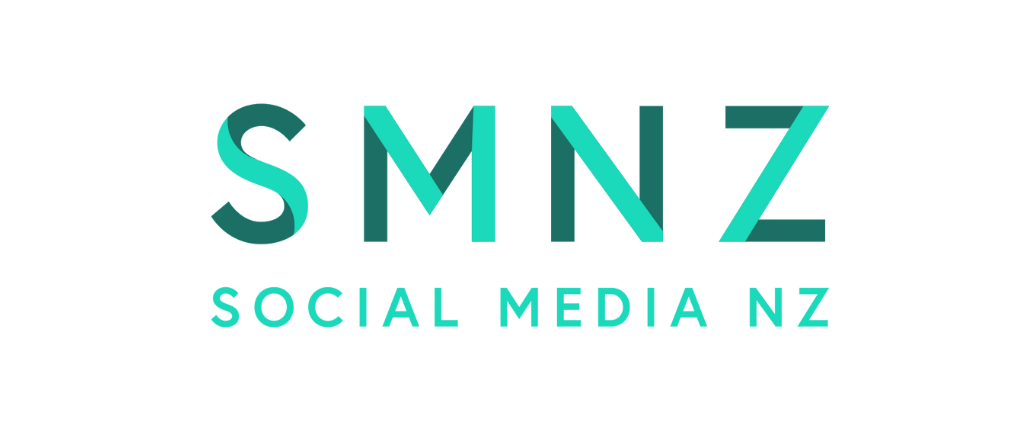Facebook Insights are your best friend
 There's been a lot of talk lately about the strategy behind brands using social media outlets, but not a lot of leadership.In fact, many people don't understand social media strategy, let alone know the tips and tricks that can help you get the most out of the various platforms.If you don't have the basics right, throwing money at marketing and promotion is not going to help you a hell of a lot.A social media strategy must be bespoke to the brand. It has to take into account the time and money available, the rules of the platforms, best practice, and local culture.Brands hoping to pick up an overseas stategy and implement it within a new culture may find themselves in trouble, as will a brand who flaunts a "she'll be right" attitude.So let's focus on Facebook. As someone who oversees around 130 Facebook pages with members ranging in size from the hundreds to the hundreds of thousands, there are some basic principles I've learnt which will help you get it right.Focus on user engagement, not "like" numbers. Facebook provides brilliant insights. Use them to see your engagement levels, reach, and who your audience actually is.Keep your hide rate low, and find out why users are hiding your feed. If you lost a large number of subscribers one day, follow that day back on your feed. Did you update too often? Were you abrasive or overly advertorial? Once a subscriber hides your feed, it's hard to win them back.To find your hide rate: check your page insights - I prefer the old insights, which you can find by clicking 'old insights dashboard' up the top of your insights page (which you can get to from clicking "view insights" on your brand's Facebook page)The graph at the bottom shows your total number of 'likes' as a line in blue. The yellow line beneath it is your hide rate - that is, people who still 'like' you but don't want your messages. I would try and keep that no higher than 6-7%, although depending on the brand it may be higher. If you untick "Total likes" you'll see a better view of the hides. If there's a day where the graph suddenly climbs, take a look at the updates you posted around that time.It's also a good idea to work it out as a percentage against the whole once a month to see how you're tracking.Keep tabs on what works for your subscribers. Do they 'like' pictures or links? Do images of faces work better than logos? Find out what works with your audience, and deliver.Landing pages explicitly encouraging viewers to 'like' your page. It works, and it's worth the time investment to make it happen.You have a spam filter. Use it wisely. Same goes for tagging users from your status update, and the [potential] upgrade where you can write on walls as your brand. Tread very, very carefully.Tips for status updates:
There's been a lot of talk lately about the strategy behind brands using social media outlets, but not a lot of leadership.In fact, many people don't understand social media strategy, let alone know the tips and tricks that can help you get the most out of the various platforms.If you don't have the basics right, throwing money at marketing and promotion is not going to help you a hell of a lot.A social media strategy must be bespoke to the brand. It has to take into account the time and money available, the rules of the platforms, best practice, and local culture.Brands hoping to pick up an overseas stategy and implement it within a new culture may find themselves in trouble, as will a brand who flaunts a "she'll be right" attitude.So let's focus on Facebook. As someone who oversees around 130 Facebook pages with members ranging in size from the hundreds to the hundreds of thousands, there are some basic principles I've learnt which will help you get it right.Focus on user engagement, not "like" numbers. Facebook provides brilliant insights. Use them to see your engagement levels, reach, and who your audience actually is.Keep your hide rate low, and find out why users are hiding your feed. If you lost a large number of subscribers one day, follow that day back on your feed. Did you update too often? Were you abrasive or overly advertorial? Once a subscriber hides your feed, it's hard to win them back.To find your hide rate: check your page insights - I prefer the old insights, which you can find by clicking 'old insights dashboard' up the top of your insights page (which you can get to from clicking "view insights" on your brand's Facebook page)The graph at the bottom shows your total number of 'likes' as a line in blue. The yellow line beneath it is your hide rate - that is, people who still 'like' you but don't want your messages. I would try and keep that no higher than 6-7%, although depending on the brand it may be higher. If you untick "Total likes" you'll see a better view of the hides. If there's a day where the graph suddenly climbs, take a look at the updates you posted around that time.It's also a good idea to work it out as a percentage against the whole once a month to see how you're tracking.Keep tabs on what works for your subscribers. Do they 'like' pictures or links? Do images of faces work better than logos? Find out what works with your audience, and deliver.Landing pages explicitly encouraging viewers to 'like' your page. It works, and it's worth the time investment to make it happen.You have a spam filter. Use it wisely. Same goes for tagging users from your status update, and the [potential] upgrade where you can write on walls as your brand. Tread very, very carefully.Tips for status updates:
- Keep them brief, and don't update too often!
- Users are seeing the update amongst their friend's updates, so it is easy to appear advertorial. Keep this in mind when posting a status or link.
- Think community building first, promotion second.
- Give subscribers a reason to interact with your update. The more they interact, the better you rank in their algorithm, and the higher you'll appear in their sticky feed.
Naturally, there are a truckload of things you learn with experience. But you can fast-track your knowledge by correctly using Facebook insights and by paying attention to what works for your audience. Don't be afraid to experiment, and once you're familiar with what works, and have a happy wee community, invest some serious money in a campaign or Facebook ads.Also - and I can't say this strongly enough - read Facebook's Terms and Conditions, especially around running competitions, and what is and isn't acceptable conduct on the Facebook platform.Even with these few tips and tricks, I think you'll be able to make some impact with your brands on Facebook. I'd love to hear your insights, please share what has worked - or not worked - for you.

